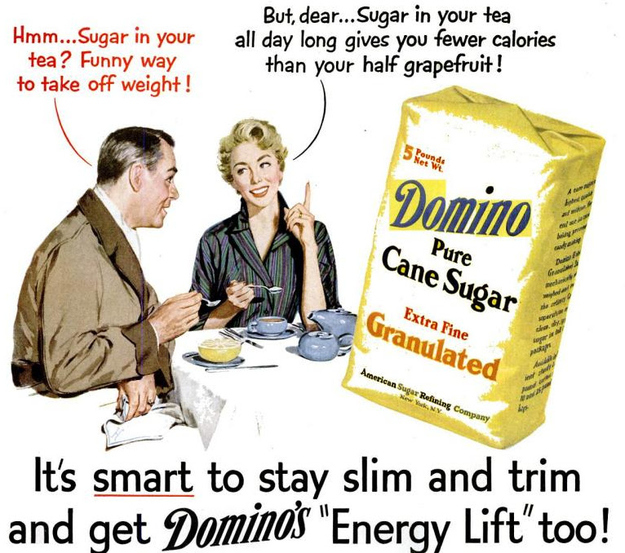
In January of 1974, a five-pound bag of sugar cost 85 cents; by year-end, just in time for the office cookie exchange, the price of the same five-pound bag increased to $2.35. The trend was driven by a complicated combination of geopolitical events, including bad weather that wiped out crops, changes in domestic subsidies, import quotas and tariffs, along with a growing national sweet tooth.
I was aware of the price-hike and the reasons behind it not because I was a preternaturally astute observer of market forces but because I worked after school and on weekends as a cashier for Shop-Rite supermarket in our largely working-class neighborhood. Where there had once been rows of yellow and white Domino sugar bags, shelves were empty. Cereal, candy, bottled juice, cakes and cookies, baking mixes, even TV dinners with their gelatinous desserts, were now out of reach for many customers. With soaring prices, the market behaved as if there were a shortage. Management cut back on inventory and over the course of the year customers who would typically buy one bag of sugar every couple of weeks hoarded it whenever word circulated that another price increase was on the horizon. For a short time, my store rationed sugar at one 5-pound bag per customer. Some families gamed the system by having each spouse and child march through the checkout line alone with a single bag.
For some of us, myself included, it was the best thing that could have happened. At the time, I took my coffee with three teaspoons of sugar and drank a lot of soda. During weekend lunch breaks, a friend and I would share a smoke and to satisfy the inevitable hunger attack that followed would devour a bag of Pepperidge Farm Milano cookies. There was no combination of sugar and fat that I would turn down.
My consumption of all things sugary had to stop. Over time I weaned myself of sugary drinks and sweetened coffee. It helped that nutritionists were finding an audience for their claims that sugar was detrimental to one’s health. They encouraged consumers to find alternatives, like fresh fruit for dessert and fruit juices or plain water instead of soda. Newspapers and magazines published recipes for sugar-free desserts. The sugar crisis of the ‘70s marked the beginning of my interest in healthy eating.
Alas, in the forty-plus intervening years, sugar and its evil sibling high-fructose corn syrup, continue to be a mainstay of the American diet. You find it in the obvious places but also hidden in processed foods like bottled salad dressings, canned soups, hot dogs, bread, and even in nut butters. While sugar alone has been cited as the cause of obesity and the associated illnesses (heart-disease, diabetes, and certain cancers), Gary Taubes, (The Case Against Sugar Knopf, December 2016) writes in the Wall Street Journal that “the evidence for the hypothesized chain of cause and unfortunate effects—eat sugar, become insulin-resistant, fatter and diabetic and then die prematurely—is ambiguous. It will probably stay that way. The National Institutes of Health have never seen the need for the expensive clinical trials that would be needed for a rigorous study of the issue.”
We do know with certainty that those whose eat a lot of processed foods are not as healthy as those who don’t and processed foods are where sugar lurks (along with other dubious ingredients). The good news is that the Food and Drug Administration recently approved a change in nutrition labels that will require manufacturers to list how many grams of sugar have been added to a product and what percentage of the recommended daily maximum that represents. Curious minds want to know, everyone else should know.

Comments are closed.